Hoi An is a historic town located on the central coast of Vietnam, in the Quang Nam province. It was once a busy port city that played an important role in Vietnam's maritime trade during the 16th and 17th centuries. Today, it is recognized as a UNESCO World Heritage Site for its well-preserved ancient architecture, cultural heritage, and beautiful natural scenery.
Geographical location
Hoi An is situated approximately 30km south of Da Nang city and 60km northeast of Tam Ky city. The distance to Hue Imperial City is about 122km. It borders the East sea to the east, Dien Ban town to the west, Duy Xuyen district to the south. The city is located on the banks of the Thu Bon River, which flows into the South China Sea, making it a popular destination for tourists looking to explore the beaches and nearby islands.
Show More
History
Hoi An was once a bustling trading port for Chinese, Japanese, and European merchants and was an important centre of trade between Asia and Europe during the 16th and 17th centuries. It was known as Faifo during this period. Date back earlier, Hoi An also used to be an important trading port during the Champa Kingdom. In the late 18th century, when the Thu Bon River began to silt up and made it difficult for ships to navigate the river, the town’s fortunes declined. Then in the late 19th century, Hoi An became part of French Indochina. Experienced many damages during the war and underwent significant restoration, Hoi An is fortunately still preserved. In 1999, the city's historic Old Town was designated a UNESCO World Heritage Site, attracting visitors from all over the world.
Some updated information in 2023
- Area: 61.48km²
- Population: about 98 thousand people
- Major tourist areas: Hoi An Ancient Town, Cam Thanh, Cam Kim, Cua Dai, Thanh Ha, Cam Pho
- Postal code: 51000
- Licence plate: 92-C1
- Ethnicity: Kinh, Hoa
- Website: hoian.quangnam.gov.vn
What to expect in Da Nang, Vietnam?
Climate
Hoi An has a tropical climate, with hot and humid summers and warm winters. The rainy season runs from September to January, while the dry season is from February to August.
Picturesque architecture
Hoi An's old town is a maze of narrow streets and alleyways lined with beautiful yellow and white colonial buildings, traditional Vietnamese houses, Chinese temples, and Japanese bridges. The town's architecture reflects the cultural influences of the different communities that lived in Hoi An, including the Chinese, Japanese, and Vietnamese. The most famous architectural style in Hoi An is the "tube house", which is characterised by narrow facades that open up to long, deep interiors. To particularly explore architectural buildings, you can visit: Japanese Covered Bridge, Old House of Tan Ky, Phung Hung House, Phuc Kien Assembly Hall, Cua Dai Bridge…
Rich cultural heritage
Hoi An is known for its rich cultural heritage, which has earned it a spot on the UNESCO World Heritage list. Besides the remarkable architecture, Hoi An boasts traditional festivals and craft villages. The Full Moon Festival takes place on the 14th day every month of the lunar calendar, when multi-coloured lanterns are lit and placed on the river, along with many festive activities. Hoi An is also famous for its traditional handicrafts. You can visit and see artisan at work through town, eg. Thanh Ha pottery village, lantern-making village, silk-weaving village, and Kim Bong wood-carving village.
Delicate culinary
Hoi An is also famous for its delicious cuisine, particularly its local specialties such as Cao Lau (noodles with pork and herbs), Mi Quang (noodles with shrimp, pork, and vegetables), Com Ga (Hoi An's version of chicken rice), Banh Xeo (crispy rice flour pancakes), White Rose cake (dumpling stuffed with shrimps or pork) and Banh Mi (Vietnamese-style sandwich). Be sure to explore the many street food stalls and local restaurants in Hoi An to experience the full range of its culinary delights.
Charming beaches
In addition to its cultural and culinary attractions, Hoi An is home to some beautiful beaches located just a few kilometres from the old town, including An Bang Beach and Ha My Beach. The beach is lined with restaurants, bars and resorts so you can easily spend the whole day here. If you're up for a day trip, consider visiting Cu Lao Cham Island with fine sandy beaches and crystal-clear waters. The island is a protected marine reserve, so it's a great spot for snorkelling and diving.
Show Less



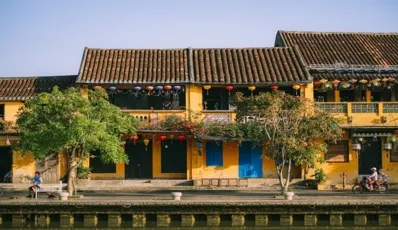
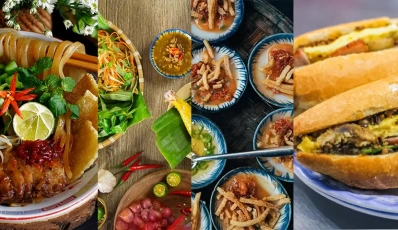



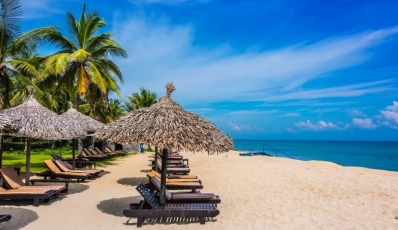
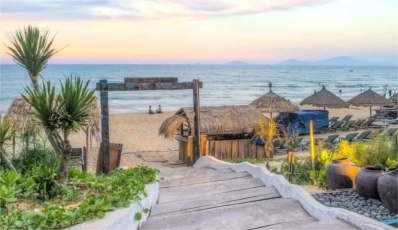
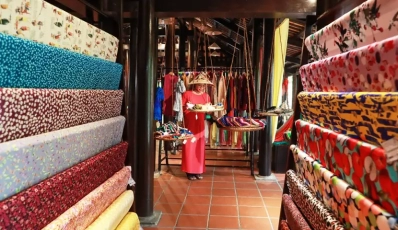
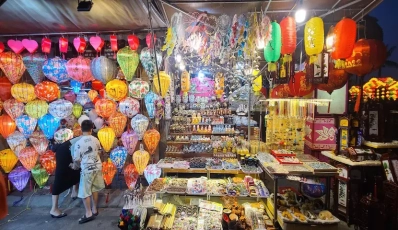
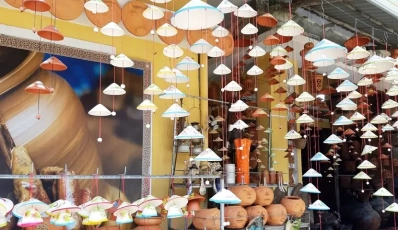
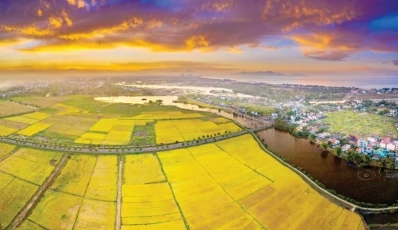
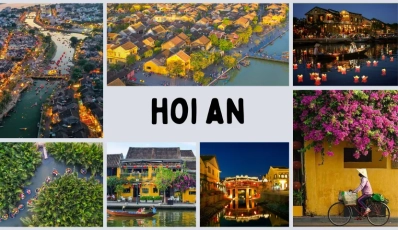
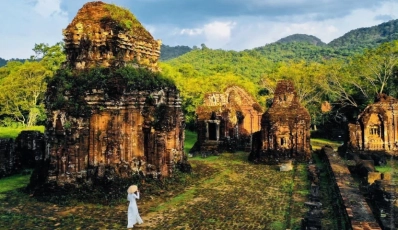
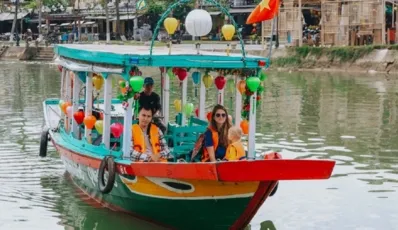
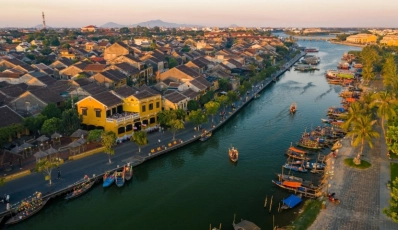
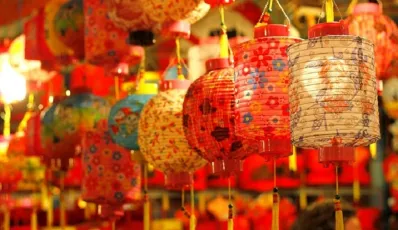



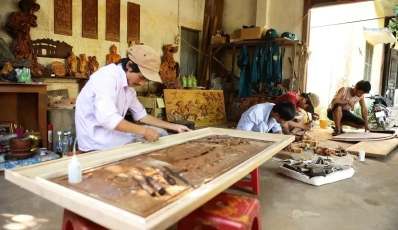


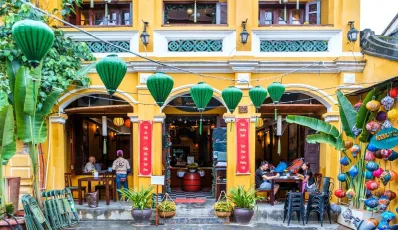


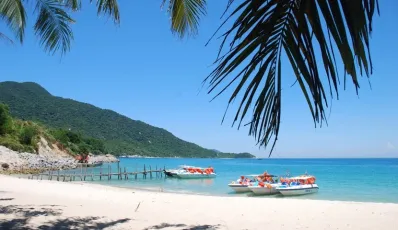




 TRAVELERS' CHOICE 2025
TRAVELERS' CHOICE 2025 


